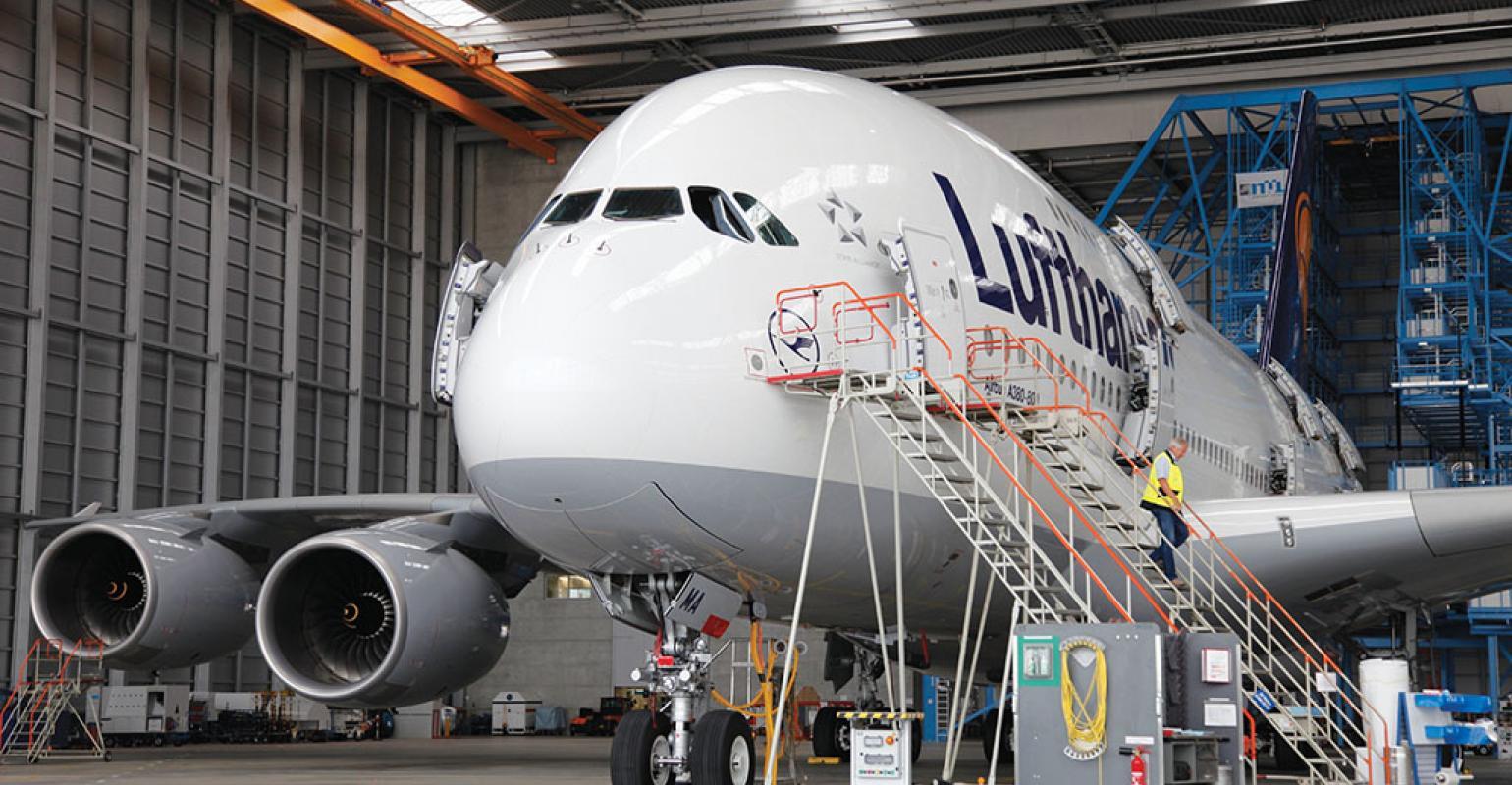
The desert around Alice Springs is becoming a little less desolate as Asian carriers begin to populate it with aircraft for storage.
Airlines such as Cathay Pacific and Singapore Airlines want to avoid the humid conditions of their home regions, and so are sending excess aircraft to the Australian desert.
Most of these are widebodies, prompting the question of how many will ever return to passenger service.
Consultancy IBA estimates that the global fleet will lose about 800 aircraft early due to the Covid-19 crisis. This may include up to a third of the Airbus A380 fleet as well as older widebodies such as the A340 and Boeing 747.
“By the start of 2021, airline fleets across the world will look very different following reductions in size and variety as airlines focus on operating fewer numbers of smaller, younger, proven and more efficient aircraft,” said IBA president Phil Seymour.
This trend bodes ill for a recovery of the widebody maintenance market, although another trend may show a path forward for operators of large hangars.
That is the surprisingly low number of widebody order cancellations to have occurred amid the crisis – just 32 in the first six months of the year versus 237 in the 2019 calendar year.
IBA surmises that this highlights a structural requirement for efficient widebodies, although another reason may be that the big widebody customers tend to be airlines on the receiving end of government largesse during the crisis.
Either way, with demand for older widebodies in the pits, companies that specialize in their maintenance should use the current window of low activity to re-tool for the airframe and avionic requirements of newer models, and especially the high composite content of aircraft like the 787 and A350.





